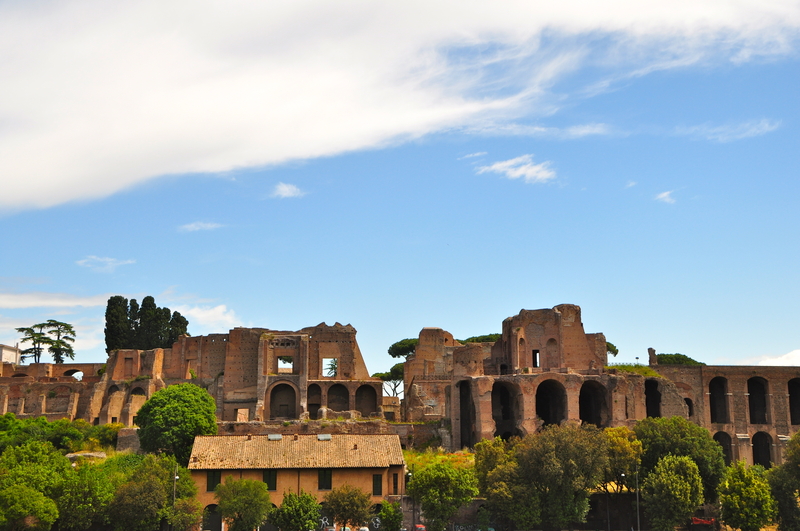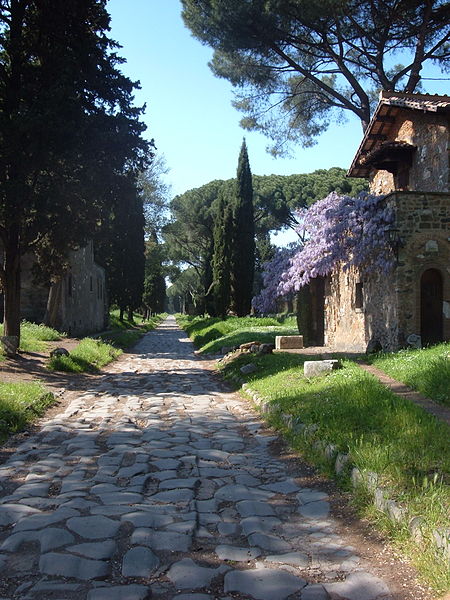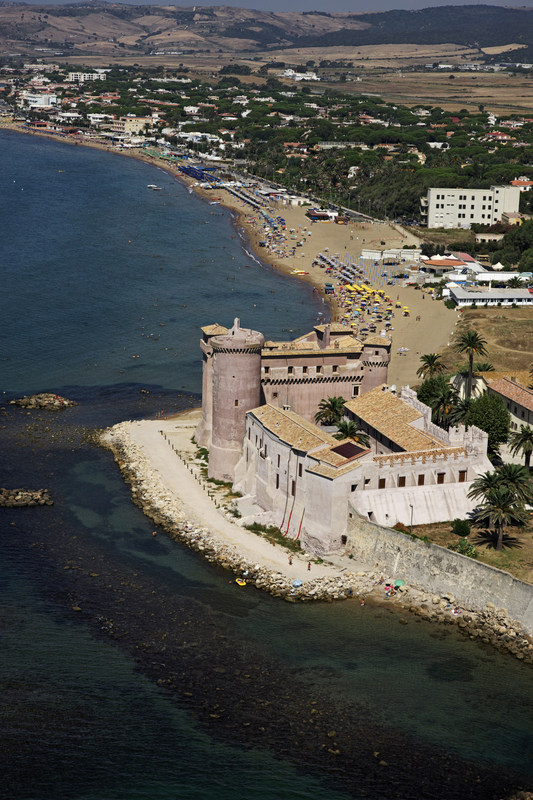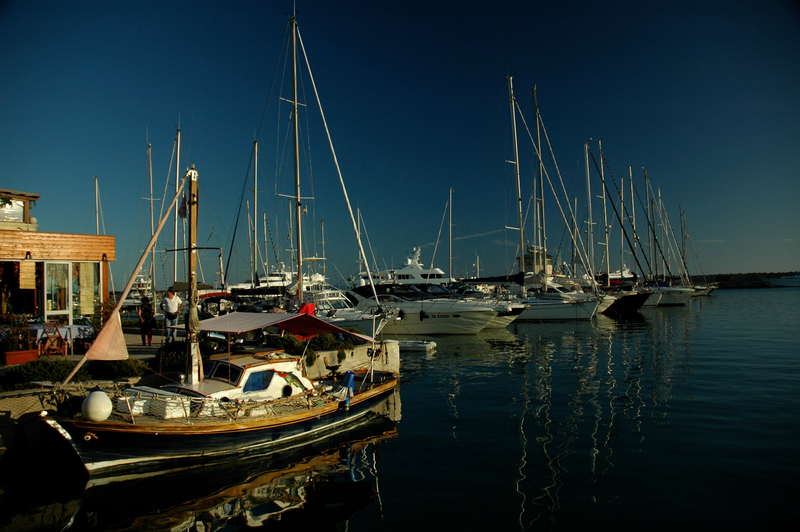The city of Rome is situated on seven hills along the Tiber River. The Palatine Hill is in the heart of the city and ascends above the Roman ruins of the Circus Maximus and the Forum Romanum. Tourist looking for accommodation in Rome apartments and hotels will find Palatine Hill very convenient.
 The Palatine Hill plays a role in Roman mythology and history. According to Roman myth, a wolf protected the brothers, Romulus and Remus. Romulus is credited with the founding of Rome. Newer archaeological excavation revealed that people inhabited the area since 1000 BC. Many wealthy Romans lived on the Palatine during the Republican era, as did several emperors during the Empire. The remains of the palaces of the Flavian rule are on view as well as the temple to Apollo built by Augustus.
The Palatine Hill plays a role in Roman mythology and history. According to Roman myth, a wolf protected the brothers, Romulus and Remus. Romulus is credited with the founding of Rome. Newer archaeological excavation revealed that people inhabited the area since 1000 BC. Many wealthy Romans lived on the Palatine during the Republican era, as did several emperors during the Empire. The remains of the palaces of the Flavian rule are on view as well as the temple to Apollo built by Augustus.
Other buildings are in the area, and some are available for viewing. One is the home of Livia, who was the wife of Augustus, though it is under restoration at this point. Close to the house is the Temple of Cybele, still undergoing excavation and not yet opens to the public. The house of Tiberius is at the back of this structure. The Hippodrome of Domitian is next to the palace of Severus. Its construction was in the design of a Roman circus, but its appearance is more like a Greek Stadium. While its purpose is not entirely known, at one time it was a center for sporting events but was probably also a garden. The Hippodrome is the source for most of the statutes at the Palatine Museum.
Both the Palatine Hill and the Roman Forum below it are a vast open-air museum. Visitors can use the same ticket for this museum as well as the Colosseum. The entrance to the Palatine Hill is on Via di San Gregorio that is the street past the Arch of Constantine, away from the Colosseum and very convenient to accommodations in Rome apartments.
The museum is open every day, and the entrance fee includes the Palatine Museum, Palatine Hill, and the Colosseum. It is adjacent to the Circus Maximus and Roman Forum. The primary entrance is on Via di San Gregorio on the street past the Arch of Constantine. The Metro stop is labeled Colosseo. It is easier to purchase tickets at the entry at the Palatine Hill at times when the Coliseum line is lengthy. Tours are available in both audio guides and English guided tours.

















